Until now I merge simply with the fetch+merge approach and if there was a merge conflict I fixed it manually, staged it and commited. It resolved just fine.
Now I decided to try out the "synchronize workspace" thingie. I checkout my local branch and run that command on the remote branch of origin. How do I pull single files into my repository?
I tried using merge or pull, but instead of integrating the change, it suddenly tells me that there is a merge conflict. This conflict should not occur in the first place, but indexing and committing again does not fix the error. I synchronize with workspace and it keeps showing the two sided red error on two identical files...
